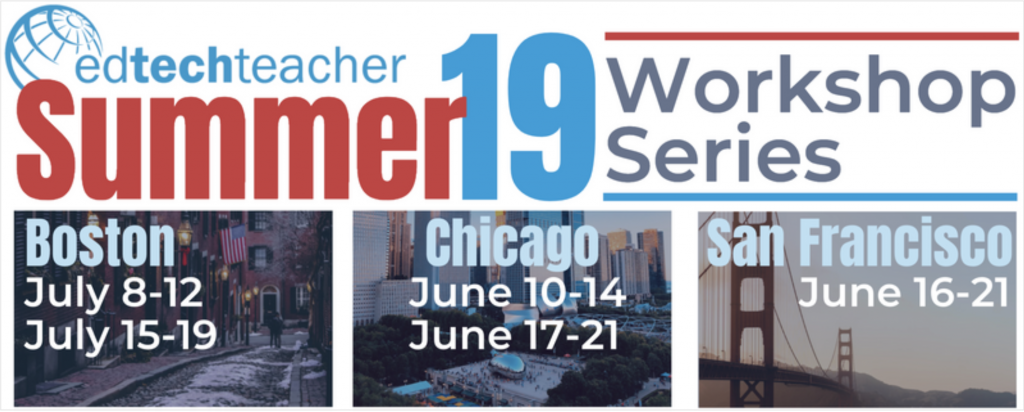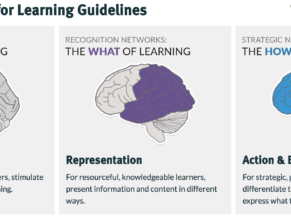As educators, we innately know that our students bring different learner profiles to our classrooms. We are constantly faced with the task of helping students stay engaged, show growth, and master the curriculum. Differentiated instruction is a method by which we can tackle this challenge and find new ways to help our students. It focuses on utilizing teaching strategies that provide students with multiple options for taking in and processing information, making sense of ideas, and then expressing their learning. It is the process by which teachers utilize a variety of tools and strategies to meet the needs of their diverse group of students.
To be successful in creating different avenues to acquire content, analyze, problem solve, and synthesize ideas, educators need to be armed with tools and strategies to take on the unique challenges inherent in the diversity of today’s classrooms. Teachers need to acquire their own skills in using technology to provide accessible instructional materials and alternatives that will provide voice and choice for students. Effective use of technology can help teachers transform their classrooms and customize curriculum to meet student needs.
As we look to the how of this seemingly daunting task, we should consider the Universal Design for Learning (UDL) framework, which provides a blueprint for creating instructional goals, methods, materials and assessments.
UDL can help meet the needs of the widest range of student variability. It looks at the unique characteristics of each learner and then designs curricula with flexible options that can accommodate for individual differences. By developing and applying the concepts of UDL, we can minimize the barriers to learning and celebrate what each student brings to our classroom community.
Using this approach, curricula are designed with flexible options that can differentiate instruction based on an individual students’ needs. Technology supports UDL by offering multiple options for students to access information, to demonstrate understanding, and be engaged in their learning.
Used appropriately, technology can equip educators with a wide range of instructional resources and supports. These resources offer teachers the opportunity to provide more varied media tools and methods. Digital technologies can support UDL by offering multiple options for students to access information, demonstrate what they know, and get excited about learning. Through a UDL lens, teachers can consider options that provide students with choice and alternatives in materials, content, tools and the supports they can use within the classroom.

If Differentiating Instruction with Technology would be a valuable addition to your classroom and students, join us this summer in Chicago for an in depth, three day workshop that will explore the concept in great detail.
During this awesome differentiation workshop, teachers will unpack the concepts of Differentiation and Universal Design for Learning and build a toolkit of resources. Working together, they will engage in the hands-on exploration of technologies and resources that enable students to access curriculum, feel successful and empower them to become lifelong learners.

